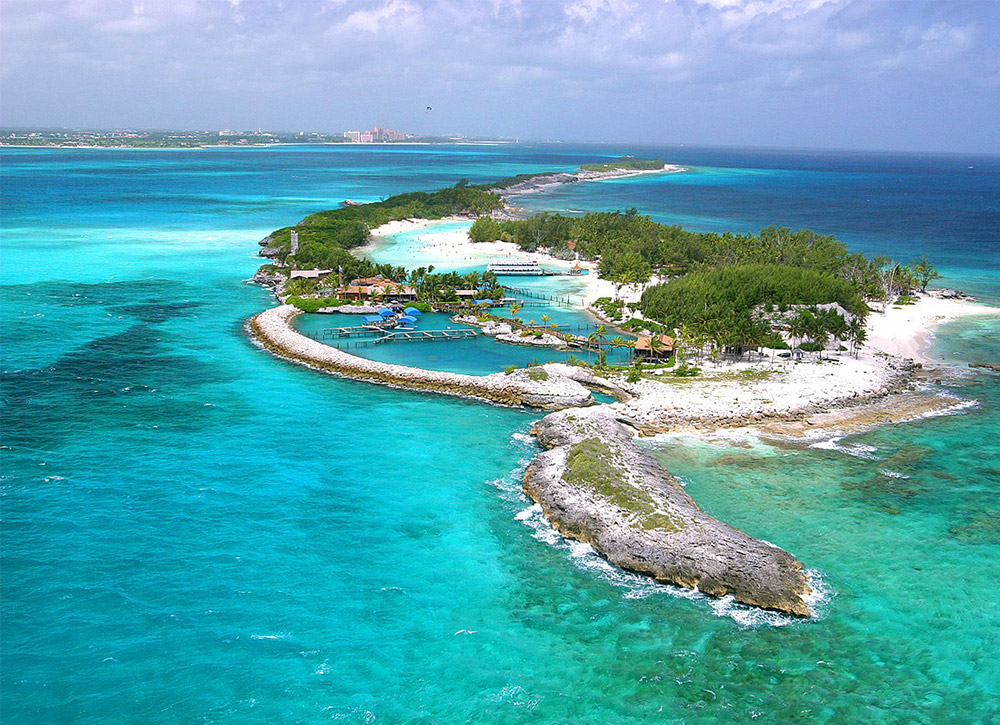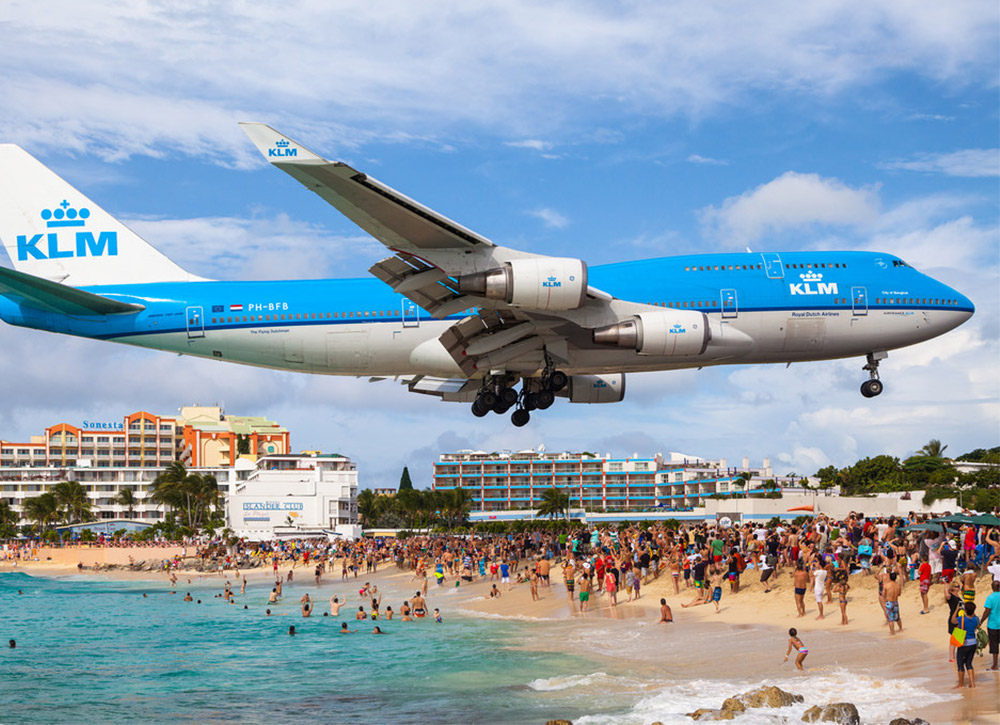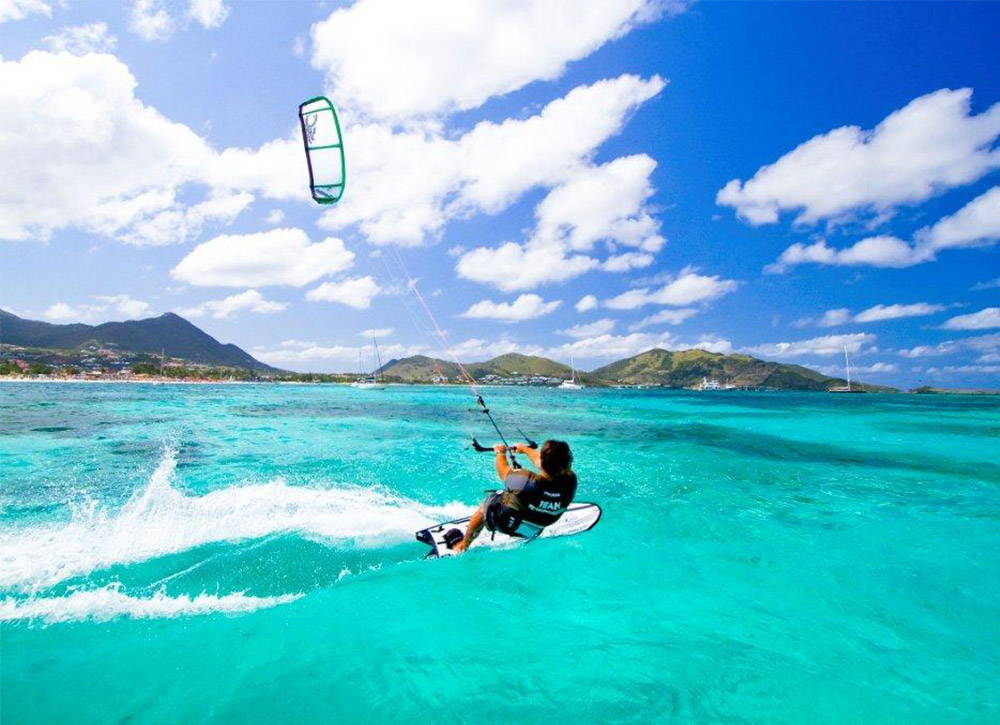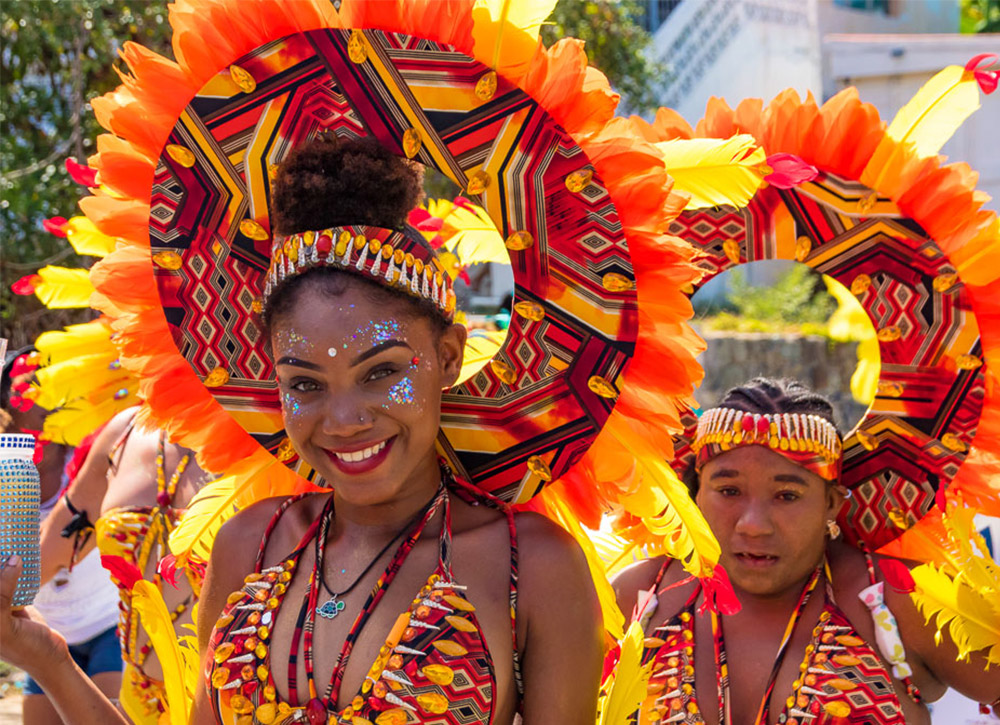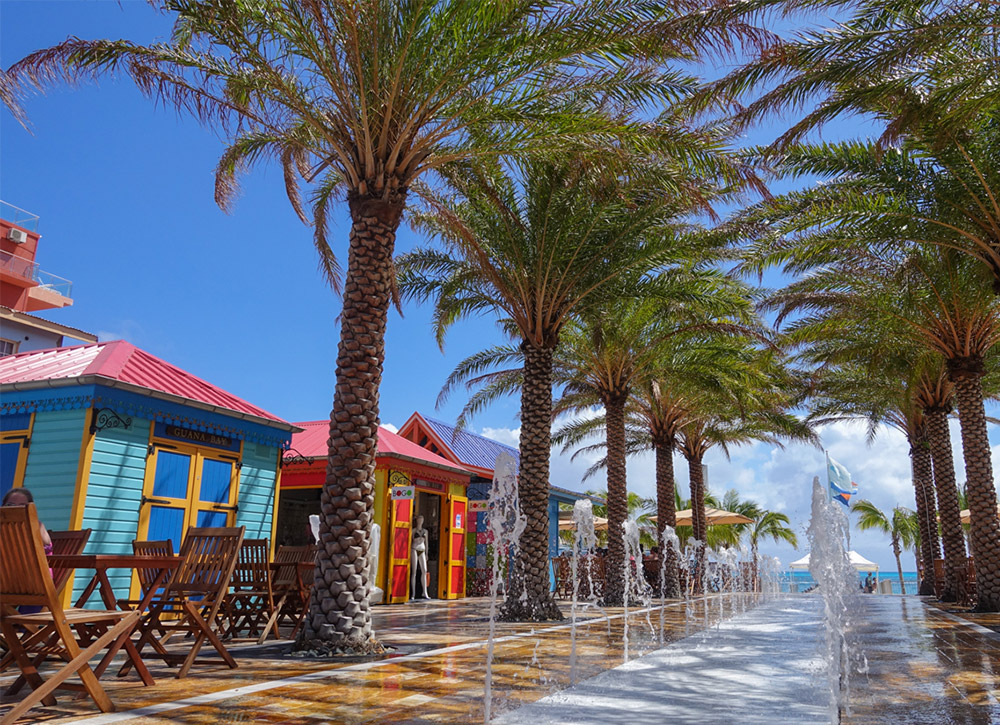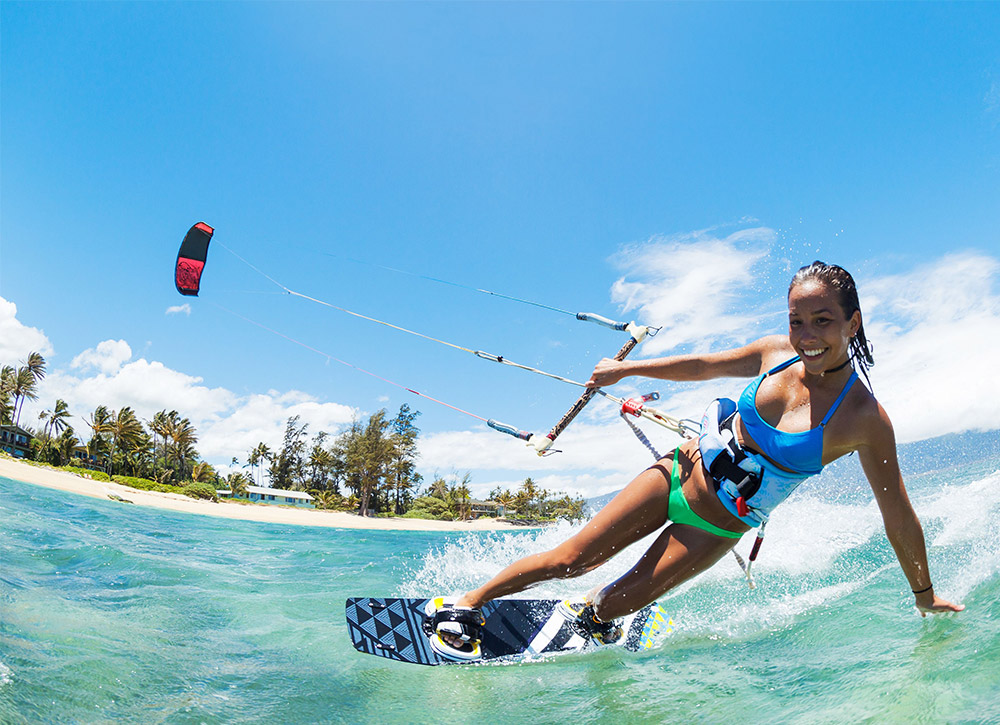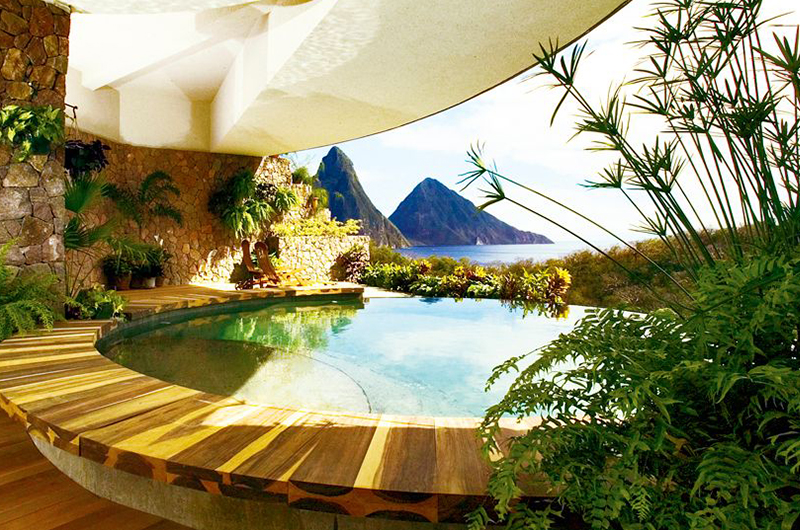Guide to St. Maarten
With its blend of warm hospitality and European style, St. Maarten is one of the Caribbean’s more attention-grabbing spots. The destination is part of an island with a split personality, thanks to an international border between its two sides: Dutch St. Maarten to the south, French St. Martin to the north. Dutch St. Maarten is smaller than the French side, covering 16 square miles with an abundance of rolling hills. Dutch is the official language, but you’ll hear English everywhere, with African and French influences tossed in. Its capital, Philipsburg, began as a Dutch trading center, and forts around the city are reminders of its strategic importance in St. Maarten’s history. Fort Amsterdam, built in 1631 on a peninsula between Great Bay and Little Bay, was the first Dutch military outpost in the Caribbean; it provides a panoramic view of the city and neighboring islands. The Spanish captured the fort soon after it was completed and kept it until 1648, when they abandoned it. Fort Willem, today topped by a television transmission tower, is great for a hike. The British built this structure west of downtown in 1801 and the Dutch nabbed it in 1816.
St. Maarten has 37 white sandy beaches. One favorite strip is Cupecoy Bay Beach near the Dutch-French border, which is dotted with caves and cliffs. Maho Bay Beach, located near the airport popular for the low flying planes. One of St. Maarten’s more private strands is Simpson Bay Beach, a long half-moon of white sand set between a fishing village and the sea. Simpson Bay Lagoon is enclosed, making the water a natural for water skiing. Dawn Beach, Mullet Bay, Oyster Pond and Guana Bay are favorites for snorkeling and windsurfing. Greatbay beach with the boardwalk is popular for cruise passengers
While the sun shines, visitors can lounge on the beach or spend time mountain biking, horseback riding, hiking, playing tennis, or participating in water sports. Adventurers may want to try kite boarding, a take-off on waterskiing that is especially popular with teenagers and young adults. Operators on the island can also arrange for parasailing, windsurfing and Wave Runner excursions with instruction.
Climate and Geography
Under the Köppen climate classification, the island has a tropical monsoon climate with a dry season from January to April and a rainy season from August to December. The precipitation patterns are due to the movement of the Azores high during the year. With the wind direction predominantly from the east or the northeast, northeasterly trades, temperatures remain stable throughout the year and temperatures rarely exceed 34 °C (93 °F) or fall below 20 °C (68 °F). Temperatures remain steady throughout the year with an average mean temperature of 27.2 °C (81.0 °F). The average sea temperature is 27.2 °C (81.0 °F) ranging from a low of 25.9 °C (78.6 °F) in February to a high of 28.4 °C (83.1 °F) in October. The total average yearly rainfall is 1,047 mm (41.2 in), with 142 days of measurable rainfall. Thunderstorms can occasionally occur, with 18 days with thunder per year. Precipitation totals are quite variable from year to year, depending on the number of passing tropical cyclones.
St. Maarten has a land area of 87 km2 (34 sq. mi), 53 km2 (20 sq. mi) of which is under the sovereignty of France, and 34 km2 (13 sq. mi) under the sovereignty of the Kingdom of the Netherlands. This is the only land border shared by France and the Kingdom of the Netherlands anywhere. The main cities are Philipsburg (Dutch side) and Marigot (French side). The Dutch side is more heavily populated. The largest settlement on the entire island is Lower Prince's Quarter, on the Dutch side. The highest hilltop is the Pic Paradis (424 metres (1,391 ft.) in the centre of a hill chain on the French side. Both sides are hilly with large mountain peaks. This forms a valley where many houses are located. There are no rivers on the island, but many dry gullies. Hiking trails give access to the dry forest covering tops and slopes. The island is located south of Anguilla, separated from the British territory by the Anguilla Channel. Saint Martin is northwest of Saint Barthélemy, separated from the French territory by the Saint-Barthélemy Channel. It is one of the Renaissance Islands.
things to do in St. Maarten
St. Maarten/St. Martin may be one island, but the two countries make each side of the island very different from the other. Passing between the two countries is easy to do and most times, you don’t realize you’ve crossed the border. There are no fences, security or customs check points when crossing the border. Dubbed the “friendly island,” everyone is happy to help with directions or suggestions as St. Maarten/Martin is a tourism-centered economy. The French side occupies a larger portion of the island and features beautiful green mountains (or hills as the locals call them). The beaches are of course a huge draw for vacationing families, but families will also find unique things to do on the French side of the island, like a butterfly farm, zip-lining nature preserve, parades and perfume making.
As one may expect, the cuisine on the French side lives up to the French standards. Grand Case, a former fishing village, is now being considered the culinary capital of the Caribbean by many. Families will find everything from local vendors grilling up Caribbean chicken and shrimp to fine dining, authentic French cuisine. Kids will love the French pastries, baguettes and crepes, too. If your family likes to eat, be sure to arrive hungry on the French side of St. Martin! The Dutch side of the island is considered the “fun” side of St. Maarten. (That’s not to say the French side isn’t fun, too.) But St. Maarten is the more relaxed and comfortable side of the island. Families will find the Philipsburg Boardwalk easy to walk and explore while visiting different restaurants, bars and high-end and local shops. Maho Beach (or airplane beach), where large commercial airlines and island puddle jumpers nearly touch the heads of beachgoers as they land at the airport, is located on the Dutch side and offers an extremely rare experience that kids (and parents) will get a kick out of!
Ideally, families vacationing on St. Maarten/Martin should spend the morning at a Dutch beach and grab some local Caribbean food beachside before heading over to the French side for an afternoon of zip-lining or hanging with the butterflies. Then have dinner in Grand Case on the French side before heading back to the Dutch side for an evening of live music. Both sides complement each other nicely, so really families need to visit both sides when visiting St. Maarten/Martin to get a complete feel for the unique and breathtaking Friendly Island.


